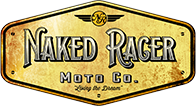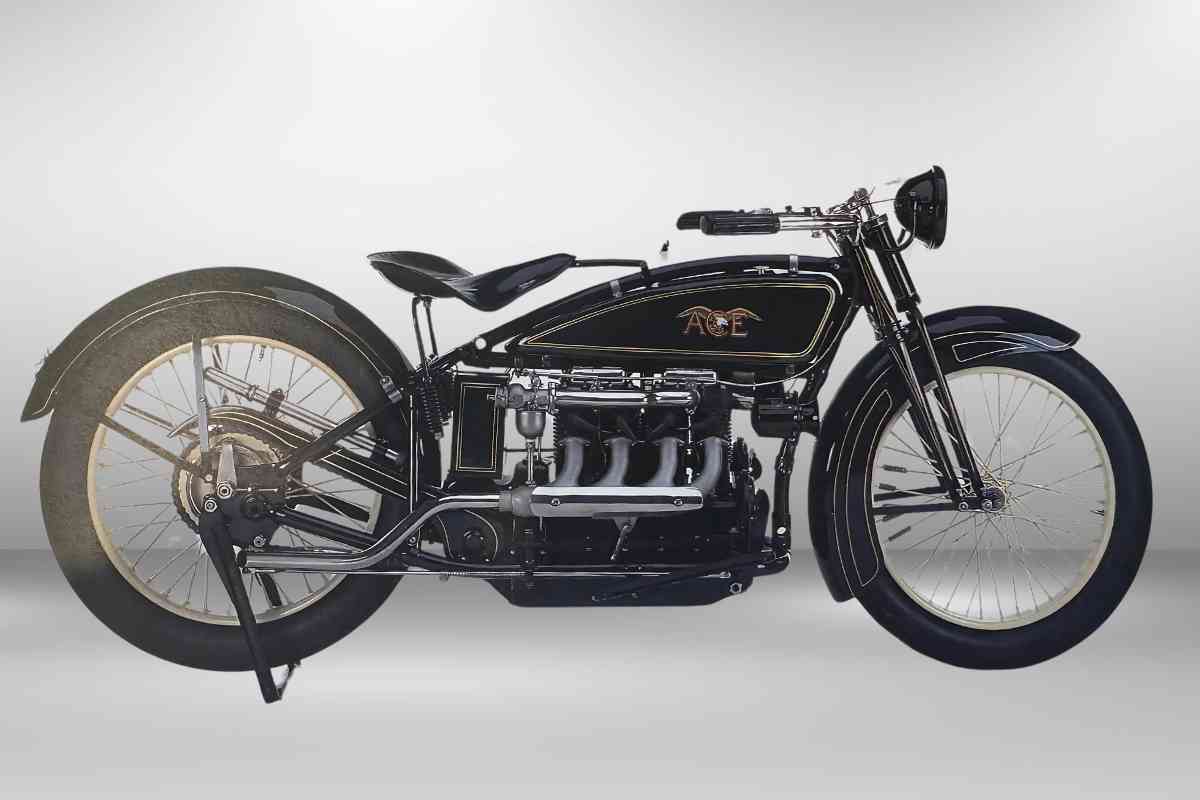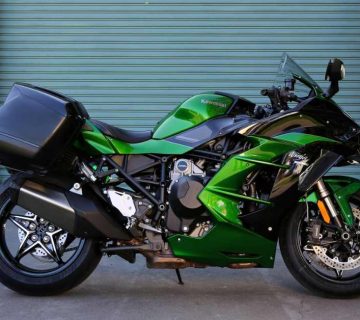Ace Motorcycles (1920–1927)
Ace motorcycles, produced from 1920 to 1927 in Philadelphia, Pennsylvania, hold a significant place in the annals of motorcycle history. Known for their four-cylinder engines, Ace motorcycles were the final creations of the renowned engineer William Henderson, whose innovative designs first appeared under his name in 1912. Despite their brief production period, Ace motorcycles are revered for their engineering excellence and remarkable performance.
The Legacy of William Henderson
William Henderson was a pioneering figure in motorcycle engineering. He began his journey in Detroit in 1911, creating motorcycles that quickly gained a reputation for quality and performance. Henderson’s company was sold to Ignaz Schwinn of Excelsior, where he continued as chief engineer. In 1919, he left Excelsior and established manufacturing facilities for Ace motorcycles in Philadelphia, with financial backing from Max Sladkin of the Haverford Cycle Company.
Tragically, Henderson’s life was cut short in December 1922 when he was struck by an automobile while test-riding his latest model. Despite this setback, his legacy continued through the work of his protégé, Arthur Lemon.
Arthur Lemon and the Ace XP4
After Henderson’s untimely death, Arthur Lemon, a former Excelsior engineer, took up the mantle. Joining Lemon was test rider Red Wolverton, and together, they aimed to create the world’s fastest motorcycle. The result was the Ace XP4, an engineering marvel that boasted a 45-horsepower engine at 5400 rpm and a lightweight aluminium Schebler carburettor. Weighing under 300 pounds (136 kg), the Ace XP4 set numerous speed records, including a near-130 mph (209 kph) run by Red Wolverton in 1923. The XP3 model, with a sidecar and passenger, reached 106 mph (171 kph), showcasing the impressive capabilities of Ace motorcycles.
Achievements and Decline
Ace motorcycles quickly established themselves as leaders in speed and handling. In 1922, Cannonball Baker set a cross-country record of under seven days on an Ace motorcycle. The brand also dominated hill climbs and endurance runs in the U.S. and Australia, solidifying its reputation for performance and reliability.
However, financial difficulties plagued the company. By 1924, auditors revealed that Ace motorcycles were being sold at a loss, leading to bankruptcy and eventual liquidation in 1925. Despite efforts to revive the brand, Ace’s assets were ultimately acquired by the Michigan Motors Corporation and later by the Indian Motorcycle Company in 1927—Indian resumed production of the Ace four-cylinder models, integrating them into their lineup in Springfield, Massachusetts.
The Enduring Impact of Ace Motorcycles
With Ace’s closure, the American motorcycle industry saw the continuation of four-cylinder models primarily through Excelsior (Henderson), Cleveland, and Indian. Arthur Lemon’s former assistant, Everett DeLong, further developed the Cleveland fours, enhancing their performance. Indian, on the other hand, incorporated the Ace engine into its chassis, eventually adopting a five-main bearing crankshaft to improve durability.
Despite their short-lived production, Ace motorcycles left an indelible mark on the world of motorcycling. Their innovative engineering, record-setting performances, and the legacy of William Henderson continue to be celebrated by collectors and enthusiasts.





No comment